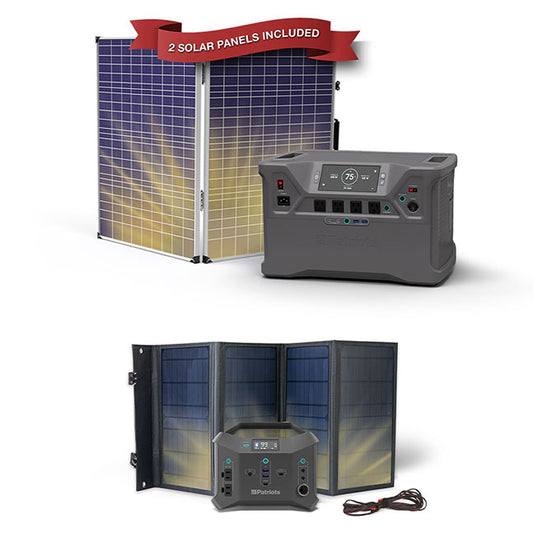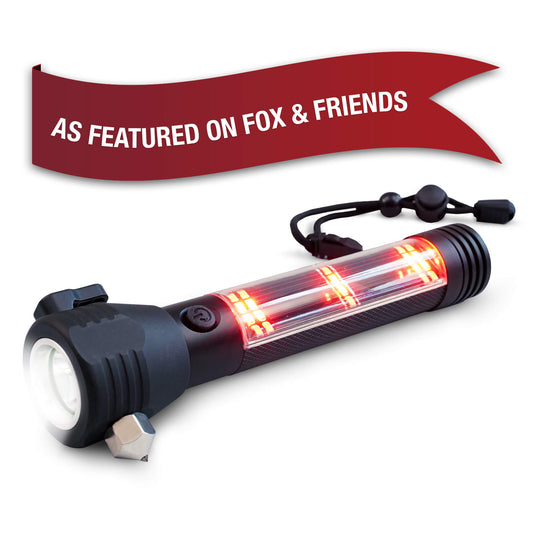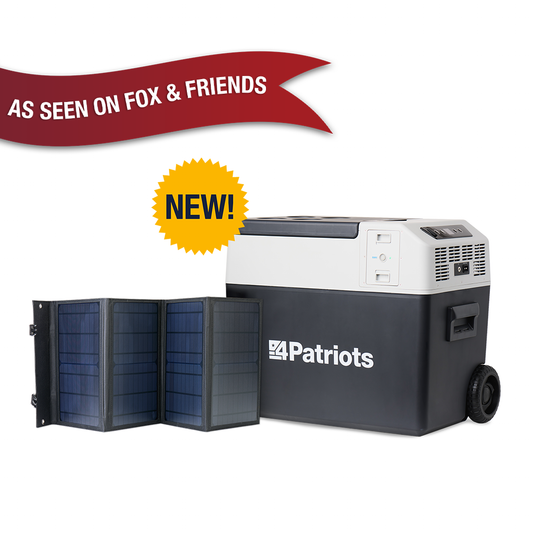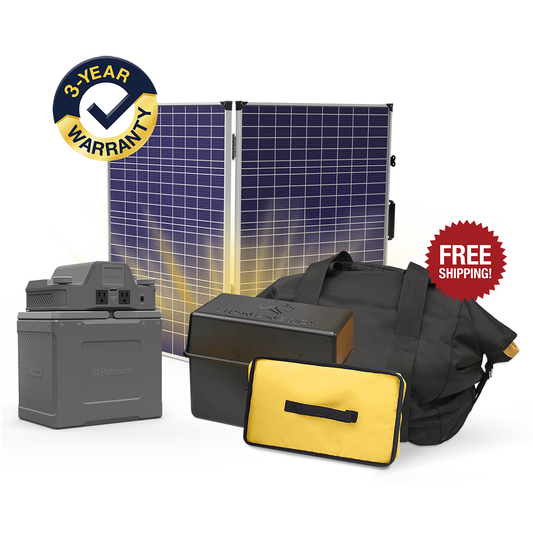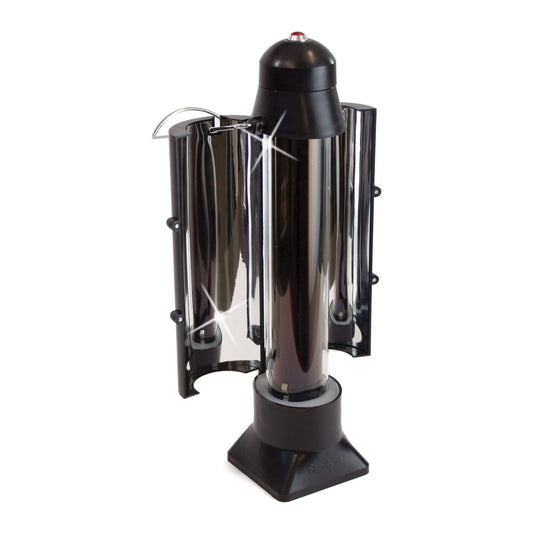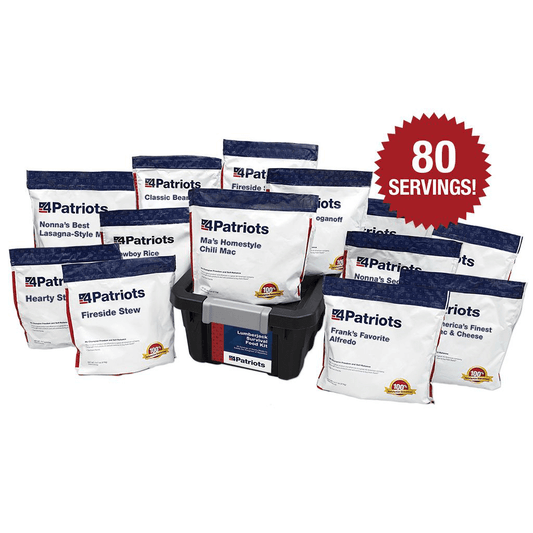
Weird – and Not So Weird – Ways to Start a Fire

What are the most basic survival elements? I think just about everyone would answer that question with food, water and shelter.
But if you find yourself in a survival situation in the wilderness, there’s another item that could lay claim to being No. 4. And that’s fire.
Being able to start and maintain a fire in the wild is crucial for many reasons. Including heat, light, cooking and purifying water. As well as forming tools. Plus protection from animals and attracting the attention of rescuers.
Today I’m going to provide you with a number of ways to start a fire. We’ll start off with the more traditional tactics. But stay with me because we’ll also get into some weird ways to do it when you don’t have common items at your disposal.
Fire’s three friends
First though, let’s review a few things about fire. Just as we need fire to survive, fire needs things to thrive. They are fuel, oxygen and ignition.
Fuel for a fire is pretty much anything that will burn. The slower it burns, the better. For cooking, items such as wood, various grasses and dry manure work best. When you burn manmade materials, they often smell bad and can result in toxic fumes.
Oxygen keeps a fire going. And the air surrounding fire is usually adequate for that. Except for some situations when the immediate area is too tightly confined.
The way to intensify the heat coming from your fire is to fan the coals. But watch out for flying embers. They could singe you or ignite a nearby fire you can’t control.
3, 2, 1… ignition
Ignition methods are plentiful. But most of them are not easy to accomplish. The easiest ways to start a fire are by using a disposable cigarette lighter or a magnesium starter stick.
As far as fire-starting materials are concerned, you want to make sure you have tinder, kindling and long-term fuel.
Dry paper is great for tinder. But if you need to depend on what you find in the wild, you’ll want to gather some or all of the following. You’ll note that the key word is “dry.”
- Dry wood or bark that is finely shaved
- Dry grass or leaves, shredded if possible
- Bundles of dried bird or rodent nests
- Dry tree moss (also known as “Old Man’s Beard”)
- Dry plant seed fluff, such as cattail heads
Kindling burns more slowly and can keep a fire going for a while. It includes sticks, twigs, bark or dried grasses that have been bundled.
Other items used for kindling can also be effective. Such as gas, oil and steering fluid. But they need to be used sparingly and handled wisely.
Your best long-term fuel is logs. They will burn better and longer if you split each one several times. Dead branches also work.
Another item as effective as long-term fuel, if you can handle gathering and burning it, is dried animal poop. It goes by more polite names such as cow pies, buffalo chips, Texas road apples and smart pills.
Choose the right matches
Returning to our ignition methods for a moment, here are two items you should have with you in the wild. Even if they’re not your primary fire starters:
- Waterproof matches. You can find these at sports outlet stores. They work very well, although they’re somewhat expensive and should be rotated out every few years.
- Stick matches. They’re better than paper book matches, but need to be rotated out every six months or so. You also need to keep them dry.
As mentioned, your two easiest fire starters are magnesium sticks and cigarette lighters. A mag stick can be used about 100 times. They’re perfect for outdoor usage because they’re waterproof. And they don’t age or freeze.
Remember to practice using them BEFORE you have an emergency. Disposable cigarette lighters have many advantages. Including being cheap, lightweight and easy to use.
Now that we’ve discussed what works for fire starting, let’s mention what doesn’t – paper book matches.
When they’re even slightly damp, they’re useless. And even when dry they deteriorate quickly. Don’t let the fact that they’re free in most restaurants influence you to toss them in your bug-out bag.
9 unusual methods
As promised, here are some of the more unusual ways to start a fire. You may want to choose one of these methods if you don’t have the materials previously discussed. Or, if you’re the type of person who doesn’t like to do things the easy way.
9V battery & steel wool. Keep a container of lint from your dryer in your backpack. Fluff up your steel wool to get some air in it. Then touch it all over with the positive and negative terminals of a 9-volt battery to spark a fire. Continue to touch it in multiple places, then add the lint as tinder and blow on it softly.
Aluminum can & chocolate bar. Rub a candy bar on the bottom of an aluminum can until the can bottom shines like a mirror. With direct sunlight on the can bottom, it will heat up to the point where it can ignite your kindling when held against it.
Sandwich bag & water. Crush a piece of dry tree bark into a powder. Place the powder onto a solid piece of bark. Pour water into a sandwich bag until it’s half-full. Tilt the sealed baggie to the side and then twist it at the top, making it into a liquid sphere. Use the baggie as a magnifying glass over the powder until the sun’s rays make it start smoldering. Then press the powder onto your kindling.
Vaseline & cotton ball. Pull a cotton ball apart – but not completely apart – and rub Vaseline or petroleum jelly all over it. Roll the cotton back into a ball. Use a magnifying glass or reading glasses and the sun’s rays to heat the cotton ball, which will hold a flame well once ignited.
Gum wrapper & battery. While you’re chewing a stick of gum, cut the foil it was wrapped in into a bowtie or hourglass shape. With two fingers of one hand, hold the two ends of the foil against the ends of a small battery. The foil will ignite and you can quickly light your tinder.
Dead lighter & paper. Maybe you were planning to use a lighter to start a fire, but it died on you. Not to worry. Remove the lighter’s safety lock and slowly roll the lighter over paper, back and forth. As the steel wheel grinds down on the flint rod, flint shavings will be created. Form those shavings into a small pile and then flick your dead lighter repeatedly over the pile until it ignites.
Water bottle. We all know that water is used to put out roadside brush fires. But did you know that water actually causes some of those fires? Lay a clear plastic bottle full of water on its side with the cap on. Then place dark-colored tinder in the beam of sunlight that passes through the bottle. Once the tinder begins to smolder, place it into your fibrous tinder and blow on it softly.
Citrus fruit. Because citrus oils are flammable, you can set it on fire if you can generate some sparks. Take a citrus fruit such as an orange, carve out a hole on the top and clear out some of the flesh. Let the orange dry out. Now push a small rock into the hole and rapidly rub a tool such as a knife on it until it sparks.
Flashlight. After removing the top lens of a flashlight, pull out the reflective cone that the light bulb rests in. Put dried moss or grass into the spot where the bulb was and place the cone in direct sunlight. Eventually the sunlight’s reflection will heat the tinder enough to cause it to burn.
Friend or enemy… you choose
Just as fire can be your best friend, it can also be your worst enemy. Yes, it can protect you, but it can also kill you.
When contained, fire can be controlled and used however you want. But when it escapes containment, it can destroy thousands of acres of forest, land and buildings.
Fire can save your life, but only if you learn how to create it and control it.
Featured Products
- Regular price
- $699.95
- Regular price
-
- Sale price
- $699.95
- Unit price
- per
- Regular price
- $2,999.95
- Regular price
-
- Sale price
- $2,999.95
- Unit price
- per
- Regular price
- From $29.95
- Regular price
-
- Sale price
- From $29.95
- Unit price
- per
- Regular price
- $3,499.95
- Regular price
-
- Sale price
- $3,499.95
- Unit price
- per
- Regular price
- From $29.95
- Regular price
-
- Sale price
- From $29.95
- Unit price
- per
- Regular price
- $2,499.95
- Regular price
-
- Sale price
- $2,499.95
- Unit price
- per
- Regular price
- $499.95
- Regular price
-
- Sale price
- $499.95
- Unit price
- per
- Regular price
- $999.95
- Regular price
-
- Sale price
- $999.95
- Unit price
- per
- Regular price
- From $29.95
- Regular price
-
- Sale price
- From $29.95
- Unit price
- per
- Regular price
- $2,999.95
- Regular price
-
- Sale price
- $2,999.95
- Unit price
- per
- Regular price
- From $2,796.95
- Regular price
-
$8,390.95 - Sale price
- From $2,796.95
- Unit price
- per
- Regular price
- $4,999.95
- Regular price
-
- Sale price
- $4,999.95
- Unit price
- per
- Regular price
- From $129.95
- Regular price
-
$259.95 - Sale price
- From $129.95
- Unit price
- per
- Regular price
- $847.95
- Regular price
-
$897.95 - Sale price
- $847.95
- Unit price
- per
- Regular price
- $1,999.95
- Regular price
-
- Sale price
- $1,999.95
- Unit price
- per
- Regular price
- $279.95
- Regular price
-
- Sale price
- $279.95
- Unit price
- per
- Regular price
- From $69.95
- Regular price
-
- Sale price
- From $69.95
- Unit price
- per
- Regular price
- $29.95
- Regular price
-
- Sale price
- $29.95
- Unit price
- per
- Regular price
- $849.95
- Regular price
-
- Sale price
- $849.95
- Unit price
- per
- Regular price
- $249.95
- Regular price
-
- Sale price
- $249.95
- Unit price
- per
- Regular price
- $199.95
- Regular price
-
- Sale price
- $199.95
- Unit price
- per
- Regular price
- $129.95
- Regular price
-
- Sale price
- $129.95
- Unit price
- per
- Regular price
- $114.95
- Regular price
-
- Sale price
- $114.95
- Unit price
- per
- Regular price
- $69.90
- Regular price
-
- Sale price
- $69.90
- Unit price
- per
- Regular price
- $19.95
- Regular price
-
- Sale price
- $19.95
- Unit price
- per



